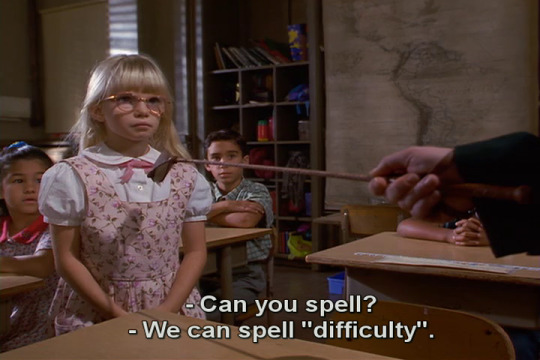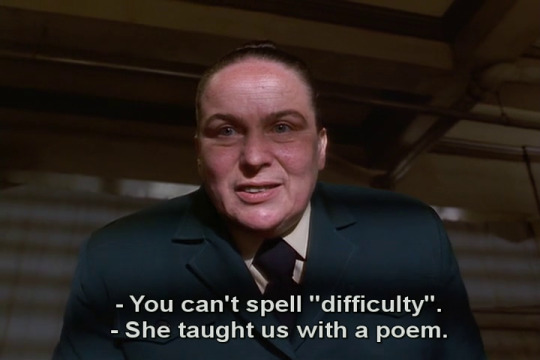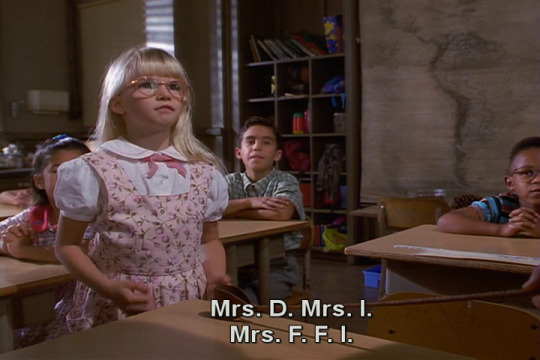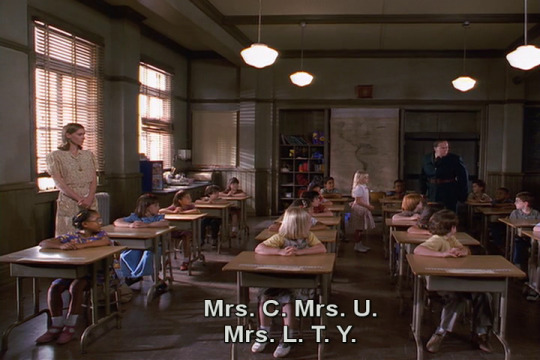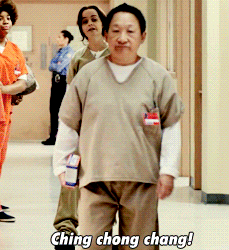Text
What is Spatial History ?
The earliest example of Spatial History is the map of Charles Paullin showing the change in travel from New York City to the various parts of the United States. The Spatial Project is both demanding and expensive but it aims to change the way in which history is recorded. It reveals historical relations and substantiates stories upon which we build our version of the past.Historians are still able write books and tell stories as it does not entail the removal of texts or narratives, it does however dieter from the norm in five main ways.
To begin with, it is said to be collaborative. This Spatial History project can not be created without the collective inputs of historians, data base architects, graduate and undergraduate students as well as geographers. This project is not a book where it can be written by a sole person but it so advanced that it requires all these different views and inputs which are greatly needed in order to obtain its completion. Also, this project requires Visualizations such as maps , charts and even pictures, saying this digital history is vital as it entails the use of computers in order to exploit various evidence and databases.
Additionally unlike the normal way history is recorded Spatial History Project needs to be open ended as well as entails the focus on space. When Space is mentioned it deals with the movement from one area to another or from one room in a home to another room in that same home, all the while mapping this movement, this is called spatial space. Lefebvre uses three forms of space such as spatial space, representation of space and representational space. Representation of space deals with documents of architects, city planners, artists and surveyors. Whilst representational space, example GIS, deals with the space lived and experienced through a set or symbolic association such as synagogues or churches. There may be limitations to space however the main goal of this piece by Richard White is to enable the viewers to understand that to tell a story be it through visualizations or spatial relations or texts, these digital spaces and projects must first aim to understand what they are portraying thus research is detrimental.
2 notes
·
View notes
Text
Understanding Metadata
In a booklet formulated and distributed by NISO called "Understanding Metadata" a deeper sense of it’s digital makeup is highlighted and explained. The booklet entails learning what is actually meant by the term ‘ metadata’, what it does, it's structure as well as schemes and element sets, how it is created and much more. The main purpose of metadata is for archiving and preservation as it ensures that various resources will survive and be accessible in the future rather than being undocumented and lost.Metadata aims to describe various types of textual and contextual objects example the information used in Dublin core. Dublin core found on omeka is an element set used for metadata. When analyzing omeka.net or omeka.org we learnt many of its features as well as uses for example, the items,collections and exhibits which are all made possible due to the Metadata which has to be collected, analyzed and documented. This metadata comprises of the description of primary sources which will be utilized in order to make a digital humanities project or any site possible. Metadata not only deals with information on our computers but even the way our traditional libraries catalogue books or even articles are considered metadata. There are three types of metadata such as descriptive, structural and administrative. However, for many digital humanities projects descriptive metadata will be more prominent as the discovery of relevant information on various topics will be occurring. Metadata tools are created because of schemas and element sets thus are given the name ‘Creation Tools.’Many creation tools will have to be used when creating metadata such as: template, here the metadata will be put into preset fields, also Mark up tools,this entails structuring metadata into schema language. Another would be extraction tools which serves to extract or create the metadata from an analysis of digital resources and lastly conversion tools which simply convert one metadata format to another. Furthermore, it is clear that Metadata must also be correct and up to date to ensure that its quality is credible. Saying this, metadata should support interactivity, contain clear statements as well as standard vocabulary which will assist in understanding the content, support long-term management of objects in collections and much more.
Metadata enables original data to become widespread due to its digital aspect and is vital when documenting articles and creating websites.
2 notes
·
View notes
Text
Becoming Digital
The movement from analog to digital seem to be raising a series of questions such as: Is it the right thing? How long will it take? What information should be converted? And how much will it cost?. In my previous blogs I have agreed that written works should be converted or digitized to ensure their preservation and thus will continue to support this notion. The digitization of these written documents will be a great asset in the work of many Historians, offering a series of possibilities to their research as well as teachings. Though it may be difficult to completely replicate these works, the advancement in technology and the creation of new devices are making it quite possible for this to occur. It is said that, Thomas Jefferson’s handwritten editorial annotations have become unreadable, this fact has made the historians enter the digitizing world with more enthusiasm, ensuring that other important documents are not lost but rather preserved. However, embracing this digital era with such enthusiasm may have some hindrances, an example, cost. Cost does not only apply to the money being spent on these digital projects but also the intellectual costs on persons. The movement from documents to digital may sound simple but digital devices which decipher missing letters or even sentences are sometimes costly. The employment of persons to type written works is also important however may strain persons financially as scanners and digital photographing will also have to be done. Intellectual cost comprises of persons having to read, research and analyze various works documenting those which are relevant or needed. This task is to determine what information the rest of the world will need, in order to secure their advancement and broaden their knowledge. Once one is able to surpass this hindrance a digital project will bloom creating a series of advantages. Most Digital projects focus on the past, this enables more persons to research it thus receiving a sense of connection. Digitized works will also produce a faster way to go through millions of information in a short period. When doing a digital project one must also think about the digitizing of photographs as well as digitizing audio and moving images. Persons are advised to ensure that these pictures are closest to the copied work as possible and formatted as TIFF, JPEG and GIF. This area may be simple however digitizing audio or moving imaging such as old video taped interviews may be difficult but the end result is worth it.
0 notes
Text
From Print to Digital
According to Tom Chatfield “Above all, the translation of books into digital formats means the destruction of boundaries. Bound, printed texts are discrete objects: immutable, individual, lendable, cut off from the world.” In my opinion, the printed texts should be digitized as it ensures that these works will never be lost.Saying this, the printed publications over time could become so fragile that it may be unreadable or even completely destroyed. An example, it can be seen that as we enter the digital era, the post colonial writers are seeking to rewrite the colonial library . As a result of the Internet these post colonial writers now have new opportunities as well as challenges and countless strategies in which they can use to rewrite this library. Additionally, before it can be lost a form of preservation can be utilized such as digitization. However to some extent, I agree with the article that with the digital era our world loses some its authenticity. Print form deals with authentic work, which in the past had to be thoroughly analyzed and approved by experts before it could be printed. Whereas the Internet is the complete opposite, here, experts do not have to examine works before they are published. With digital publication one can simply upload songs or short films on YouTube, post views or opinions on social networks and works can be easily corrected on all these platforms. Furthermore, Traditionally only limited works could be spread, as print would cost a lot of money but now due to the age of technology, nothing has to be printed only uploaded onto the web for free.Print publication is seen as a pyramid however digital publication is seen as a network. In print everything is filtered and only the best or most relevant is used where as in digital everything is welcome though it may be gossip or even lies.
2 notes
·
View notes
Text
Digital History
The rise of technology has opened the door to the digital era, where we can visibly see that everything has indeed changed. No longer do we lounge in front the television awaiting news, or do we buy books and even communicate via letters or even landlines. No longer do we use Mosaic, an internet browser, but instead we use Google.The internet is a blessing however some historians view it as a curse. They believe that using the internet has made it very difficult to deduce facts as everything appearing on the screen has the same credibility. Others believe that we should slow down or stop giving into technology, as we will lose key elements of society and ourselves. However, in my opinion, I believe that if it is used in a moderate amount this will not happen. Online learning exists but the universities are not abandoned, a high percentage of persons still attend. EBooks exist however many persons still enjoy having a hardcopy. Technology merely makes things better and because of this advancement historians were able to rethink ways in which they research, write, teach and present. I agree with the historians that digital media has good as well as bad qualities. With qualities such as capacity, accessibility and diversity the task of researching is made easier. The endless Capacity means endless storage, many historical books and archives can be uploaded unto the web and it will still have space for millions even billions more. This information is made accessible by merely typing the history, science or even math topic into the search engine and many links will then appear. These Links will then contain diverse information to be used in any research topic. As a result persons are now able to search a vast medium with only a stream of words. Digital medium is also interactive as students are now able to participate in conversations with teachers and other professionals. Furthermore, a danger of the rise in digital media is the authenticity of the work. Many sites are filled with ads, fake photos and amateurs putting up information making it more difficult to deduce the facts. Overall, this article has taught me about building a website and how difficult it may be, however the opportunities are endless. It has taught me that when one is acquainted with historical writing in return one becomes better acquainted with various genres as well. If I am to create a history web site I must decide on what it will entail, what design I would like and whether or not I would like mapping to occur.
0 notes
Quote
Accept me for who I am or let me go, but never love me for what I’m not.
dtd (via drinklust)
True
311 notes
·
View notes
Text
A Bill of Rights and Principles for Learning in the Digital Age
Noam Chomsky once said “The internet could be a very positive step towards education, organization and participation in a meaningful society.” Saying this, I agree with the formation of the bill of rights as it enables the advancement in the education sector. I also agree that some of the “normal” education practices should be used, but combined with technology and the Internet it would make them even better. The main purpose of education is to promote goodness in society and a good education system will not condition habituated individuals into a straight mindset.
If the schools continue to use exhausted teaching practices and reject advancements, what is the point? The world around us is changing, advancing and developing.The schools, who condone this, are indeed isolating their students rather than letting them grow and develop. Additionally, one should know that the merit of proper education is the realization that proper education does not exist in isolation. If persons are able to attend school online that’s great. Everyone has the right to learn, with these online programs persons are able to graduate with degrees enabling them to be better citizens to their country.
Furthermore,the Bill of rights, also ensures that persons can better understand the concept of Online learning. With online learning, education becomes affordable as well as available, the sites are secure as their personal information will not be disclosed. Like receiving a “normal” education, those who participate in online learning are also able to engage in real audiences such as their peers and other persons in society. Principles are also put in place, enabling skill development, intellectual challenges,flexible learning opportunities such as add and drop courses as well as being able to revise and relearn until they, the students, are satisfied. To conclude, The Bill of rights will enable society, not to move backward, but forward in education, digitally.
4 notes
·
View notes
Text
Wow really? I still might do it wrong tho
How to finish that last minute assignment
leetakeuchi:





I can not count the number of times this trick has saved my ass.
1M notes
·
View notes
Text
Words have value no matter where they are found...
Some persons may say that others only express themselves through posts and statues, calling them out and ridiculing them. But it is, truly a form of self expression, when a novelist writes a book or poet writes a poem or playwright writes a play isn't that a form a self expression. They are placing a part of themselves or their views on paper so why can't a social networker do that digitally. We can express ourselves or how we feel in many ways not only through drama, paintings and pictures but through our language and the words we use. Words are powerful, they makes up sentences that make up speeches that in turn determines who becomes President or Prime Minister. So choose your words carefully because the kind of words we use determine Who We Are.
0 notes
Photo

0 notes
